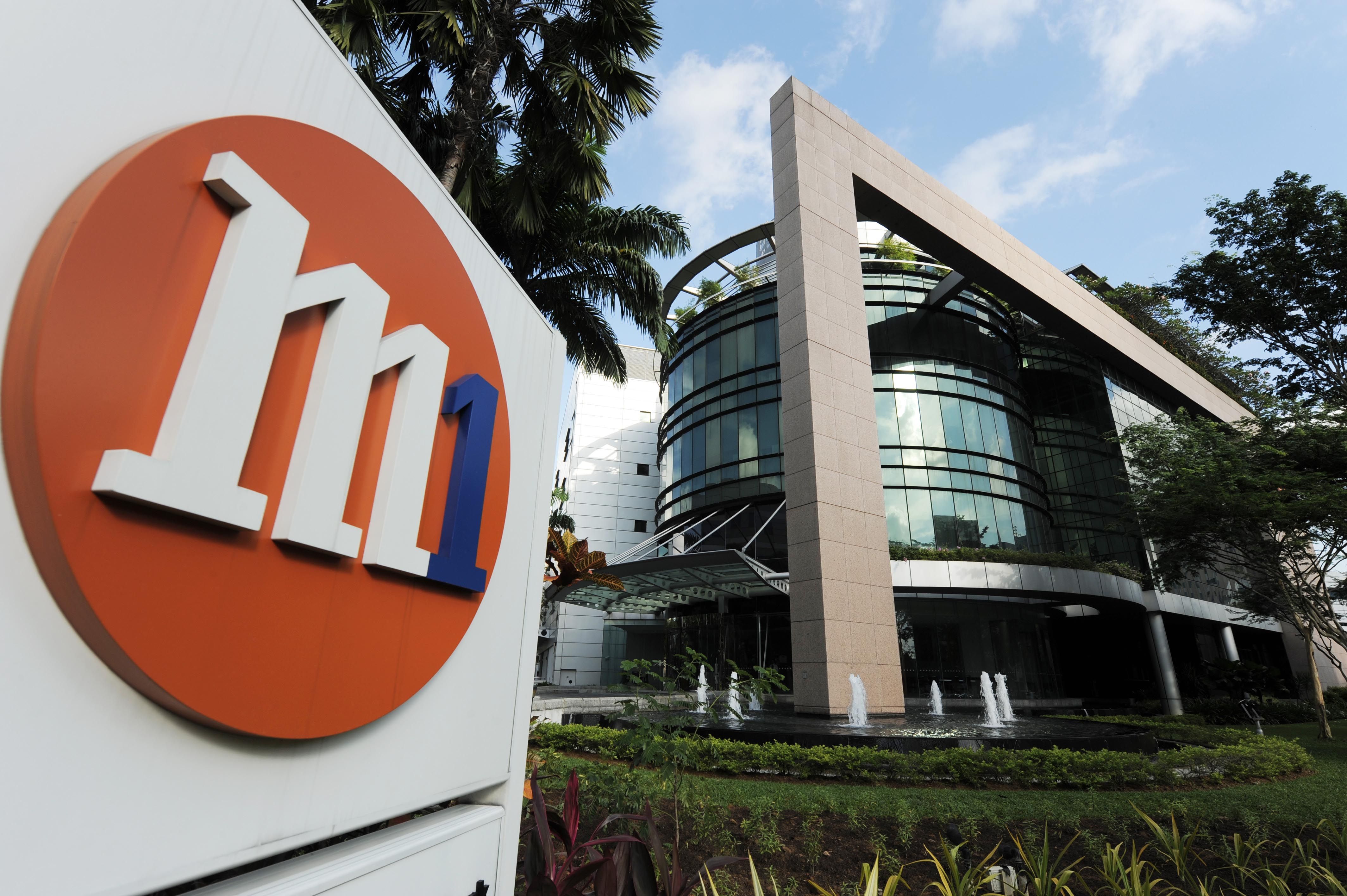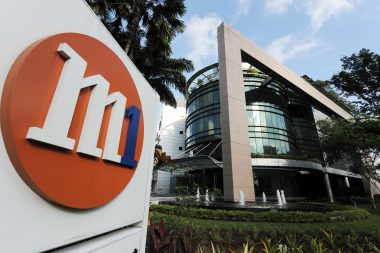

The demonstration, using 5G equipment setup at M1’s MiWorld building in Jurong, is Singapore’s first end-to-end 5G live trial using Huawei’s 5G equipment operating at the 28GHz millimetre wave (mmWave) frequency band.
In the recent years, creative content and exciting new applications have been developed using immersive technologies and media such as Virtual Reality (VR), Augmented Reality (AR) and Mixed Reality (MR) for training, education, corporate communication, marketing campaigns, public events and virtual tourism.
These content and applications are extremely bandwidth-intensive and delay-sensitive, making them costly and technically challenging to stream or broadcast to a large number of users over existing cellular networks.
With the advent of 5G technology which supports enhanced Mobile Broadband (eMBB) capabilities with theoretical peak download throughput exceeding 20 Gbps based on the 3GPP Standards, one potential 5G use case is the live streaming and broadcasting of VR/AR/MR content.
In the future smart classroom, for example, teachers could use the 5G network to share a 360-view AR/VR/MR video to a classroom of students. This will capture their curiosity and imagination, aid information assimilation and retention, as well as make learning more interactive and interesting.
“This live demo is a small but significant step in our journey towards next generation 5G mobile networks. With the advancement in 5G and media technologies, immersive communication experience will continue to be enhanced and this will definitely have a profound impact on the way we work, learn, live and play in future Smart City,” said Mr Denis Seek, Chief Technical Officer, M1.
“Singapore’s mobile networks are widely acknowledged as amongst the most advanced worldwide, and M1 is committed to staying at the forefront of 5G technology to ensure our consumers enjoy the best experience and latest smart applications. We look forward to working closely with Huawei to harness 5G for developing new innovative and demand-driven use cases and applications in Singapore,” Mr Seek added.
Mr Lei Hui, CEO of Huawei International said: “We are pleased to partner with M1 on the 5G journey. With customer-centric innovation in mind, Huawei will continue to push the technology envelope jointly with our customer to deliver best-in-class advanced wireless solutions.”
“Huawei will continue to invest heavily in the research and development of 5G key technologies and products, cooperate with global industry partners, and promote the implementation of 5G commercial deployments and a healthy industry ecosystem worldwide.”
With M1 and Huawei’s long-term commitment for Singapore to be amongst the first countries in this region to deploy a 5G network, the two companies have planned a number of key initiatives over the next 18 months to validate the latest 5G specifications as soon as the Standards are finalised and commercial equipment is available for live deployment.
Besides this end-to-end 5G live test, the companies plan to kick off the first 3.5GHz with Non-Standalone (NSA) standards compliance field trial in Southeast Asia by end 2018, as well as the first 28GHz and 3.5GHz with Standalone (SA) standards compliance field trial in South East Asia by mid-2019.
mmWave for 5G enhanced Mobile Broadband
One of the requirements defined by ITU for the fifth generation of mobile communications (5G) is enhanced Mobile Broadband (eMBB) systems that should not only meet the significant requirements for capacity increase, but also address the needs for higher user data rates. Due to the huge amount of available spectrum in the higher spectrum bands, the utilisation of mmWave techniques is a promising way to achieve these rates.
The first phase of frequency allocation for 5G (aligned by 3GPP) includes both sub-6GHz and mmWave bands. For mmWave bands 3GPP has approved 26GHz, 28GHz, 39GHz and 42GHz in Release 15 for 5G New Radio (NR).








